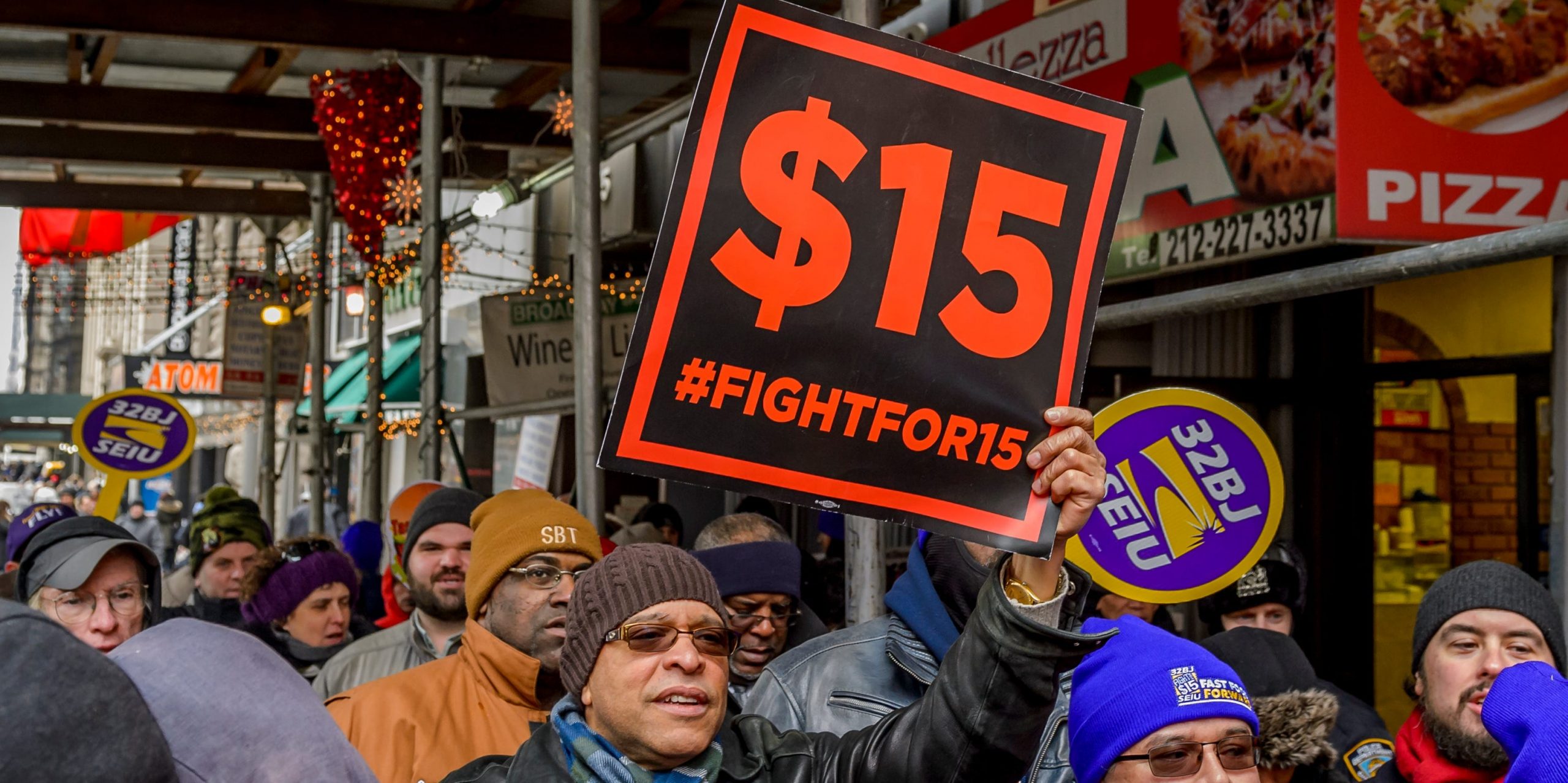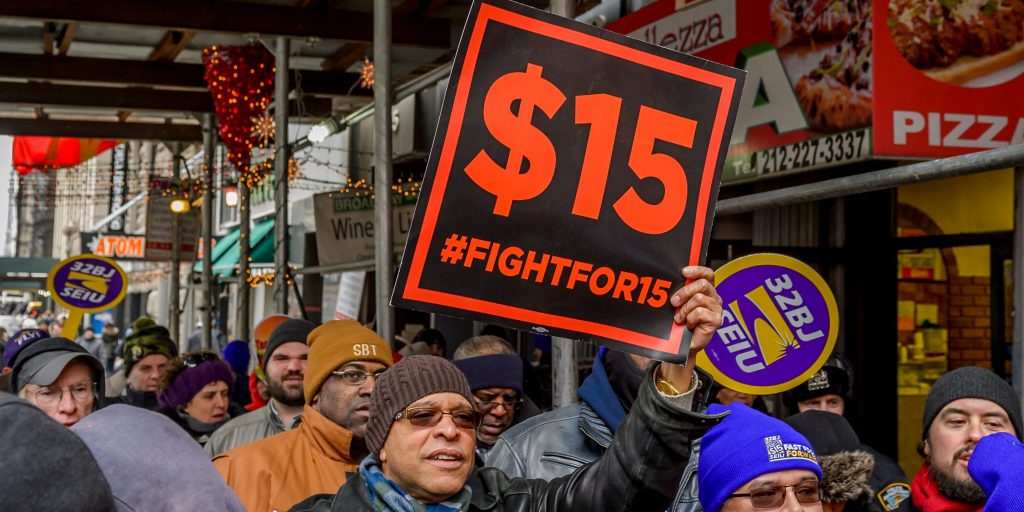
Erik McGregor/LightRocket via Getty Images
- Stronger wage growth will likely cool off as the labor shortage fades.
- Firms hiked wages to attract workers, but school reopenings and unemployment expiring should push people back to work.
- Ending the pay-growth streak could be critical to avoiding an inflation crisis, Goldman Sachs said.
- See more stories on Insider's business page.
Working Americans are enjoying the biggest pay boost in four decades. Experts don't expect it to last long.
Wage growth over the last three months hit an annualized rate of 6.6%, the strongest since the early 1980s. Job openings sit at record highs, and the number of job listings mentioning signing bonuses doubled in the past year. Businesses are clamoring for labor, and workers are reaping the benefit.
Much of the pay bump is linked to the nationwide labor shortage. While firms looked to quickly rehire, factors ranging from childcare costs to virus fears kept Americans out of the workforce.
Those trends might only boost workers' bargaining power for a few more months. Hiring will accelerate into the fall as schools reopen, vaccination continues, and enhanced unemployment benefits lapse, Federal Reserve Chair Jerome Powell told lawmakers in a June 22 hearing.
The influx of the supply of new workers is likely to erode the fast pace of wage growth. Pay hikes seen in recent months made for an extraordinary shift for low-wage workers, but they are more a "one-time releveling" than a "permanent shift in workers' bargaining power," said Gregory Daco, chief US economist at Oxford Economics.
Democrats seem to see the writing on the wall. While President Joe Biden praised rising wages as a "feature" of the economic recovery, he's also urged Congress to pass legislation solidifying workers' right to unionize so that when firms naturally cool their wage hikes, workers can lock in gains made through the spring, Democratic Rep. Andy Levin told Politico.
"I think the gains of workers will be evanescent," he said. "For it to be durable, they're going to have to regain the freedom to form unions and bargain collectively."
Slowing the pay jump keeps inflation at bay
Hitting the brakes on worker pay might be coming at the perfect time. While the pandemic's threat has largely faded, inflation quickly replaced it as the country's largest economic risk. The latest data showed prices climbing at the fastest rate since 2008 in May as massive demand slammed up against widespread supply bottlenecks.
Most economists and government officials see the overshoot as transitory and cooling throughout the year. Yet persistently strong wage growth could turn the temporary inflation permanent. After shelter prices, low-wage sectors like restaurants are the second-clearest contributor to wage-based inflation, Goldman Sachs said in a recent note. Prices at such businesses could be "the canary in the coal mine of wage-push inflation" and serve as a "key cyclical wild card" in the bank's inflation outlook, the team led by Jan Hatzius added.
That dynamic might already be at play. Chipotle, McDonald's, and Starbucks all raised their starting wages in the last year, putting pressure on competitors to do the same or risk losing workers.
If that trend turns widespread, rising labor costs could keep inflation elevated longer than expected. For every 1 percentage point that low-end wage growth exceeds its trend, core inflation is projected to rise by 5 to 15 basis points, the Goldman economists said. The effect is only "moderate," they added, but with inflation already trending at decade-highs, an additional push could spark a cycle of higher prices and subsequent wage hikes.

